A proposed underwater railway that pursuits to connect Dubai to Mumbai — and doubtlessly reshape local transportation and alternate — remains in the “conceptual stage,” according to the project’s originator, Abdulla Al Shehhi. The rationalization comes amid a wave of recent media reviews in India that recommended the venture become already in advance planning stages.
Al Shehhi, the Managing Director of The National Advisor Bureau Limited, spoke to media to dispel growing misconceptions around the ambitious project, emphasizing that it’s far nevertheless present process early-stage feasibility studies. First floated in 2018, the proposal captured global media interest due to its bold imaginative and prescient of connecting the Gulf place with the Indian subcontinent through a submerged high-speed rail hall.
Still a Vision, Not a Construction Plan
“There’s a number of interest and hypothesis,” Al Shehhi stated, “but we’re still studying the concept to determine whether or not it is technically and financially feasible.” Contrary to the reports suggesting progress, Al Shehhi defined that the project hasn’t yet acquired authentic governmental approval. “It is tough to verify this date [of approval],” he added, implying that timelines are far from being established.
The railway, if constructed, would be a technological marvel— designed to run beneath the Arabian Sea at depths of 20 to 30 meters. It would employ magnetic levitation (maglev) era to propel passenger and freight trains at speeds of up to 1,000 kilometers per hour. This futuristic system could perform internal submerged concrete tunnels anchored for stability under the sea’s surface.
Economic and Regional Impact
The venture’s proponents envision more than just a transportation link. They trust it could grow to be a effective conduit for change and regional cooperation. Al Shehhi referred to that the underwater rail line would be a game-changer in how people and goods move among the Middle East and South Asia. The network is predicted to extend beyond Mumbai to incorporate extra stops in Karachi, Muscat, and potentially other cities, forming a transnational infrastructure corridor.
“With this project, the UAE may be India’s gateway to the Arabian Gulf, both for passengers and goods, and will be a strategic shift for the UAE’s national economy,” Al Shehhi remarked.
The effect will be specially tremendous considering the demographic weight of the concerned nations. “We are speaking about round 1.5 billion people on this location,” Al Shehhi pointed out. “It will be easier for them to use the train in preference to the aircraft.”
Beyond Travel: Water and Energy Transfer
One of the more revolutionary — and debatable — thoughts connected to the project involves transporting natural resources among the two nations. Al Shehhi has proposed using the railway to move clean water from the Narmada River in Central India to the UAE. This could offer a novel technique to the water scarcity issues confronted by using Gulf international locations.
Conversely, the rail can also facilitate the movement of oil from the UAE to India. By decreasing reliance on sea delivery and aircraft shipping, the system could offer a faster, extra steady, and potentially greener approach of moving essential resources.
A Pattern of Big Ideas
The National Advisor Bureau Limited, the company in the back of this thought, has previously won attention for different visionary — and every so often polarizing — projects. Among them is the must-discussed proposal to tow icebergs from Antarctica to the UAE as a approach to regional water shortages and climate challenges.
While many of these principles continue to be speculative, they replicate a broader ambition to put the UAE as a leader in next-generation infrastructure and sustainability innovation.
What’s Next?
Although the underwater train project isn’t always yet formally underway, the mere dialogue of one of these futuristic idea has already sparked creativeness and debate. Engineers, environmentalists, and monetary planners are watching intently to look if the imaginative and prescient can someday come to be reality.
For now, the Dubai-Mumbai underwater railway remains a dream — a bold imaginative and prescient that faces substantial logistical, technical, and geopolitical hurdles. But as history has regularly proven, these day’s boldest desires can grow to be the following day’s milestones.
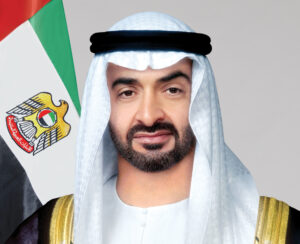
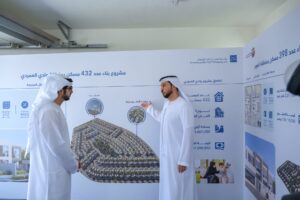
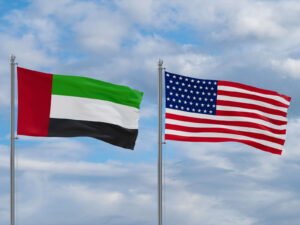



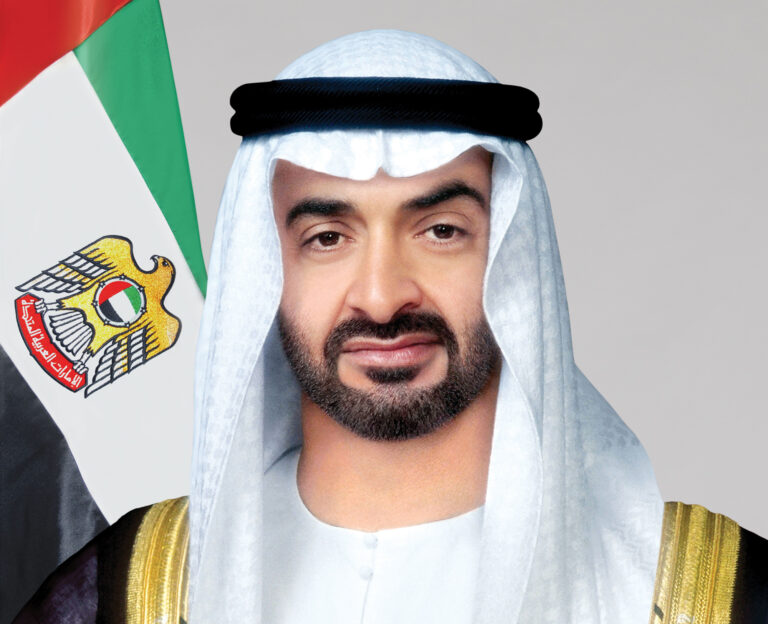

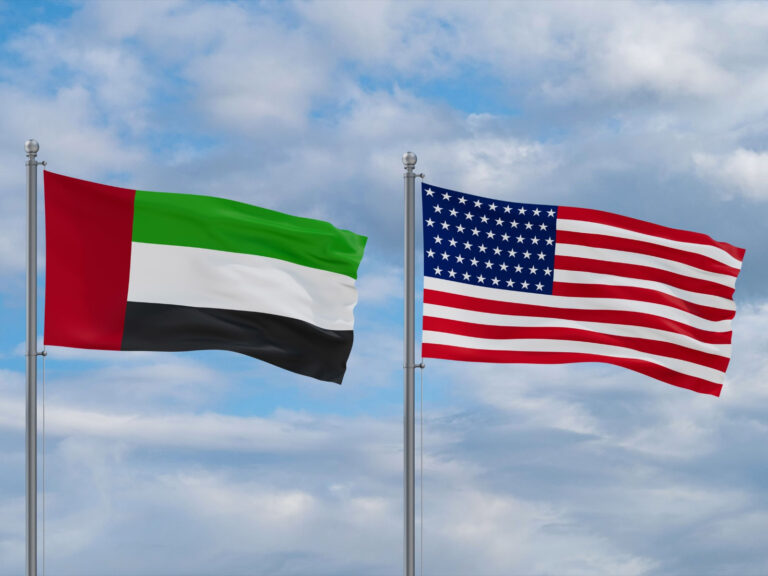
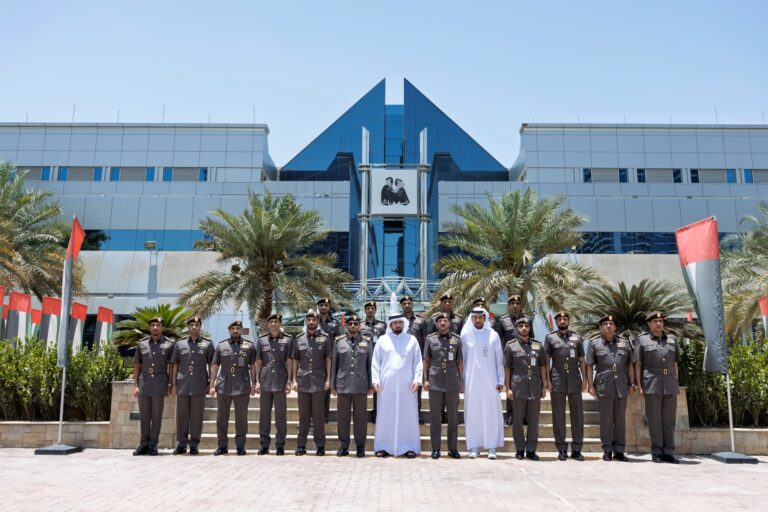
+ There are no comments
Add yours